- Author Matthew Elmers [email protected].
- Public 2023-12-16 21:49.
- Last modified 2025-01-24 09:17.
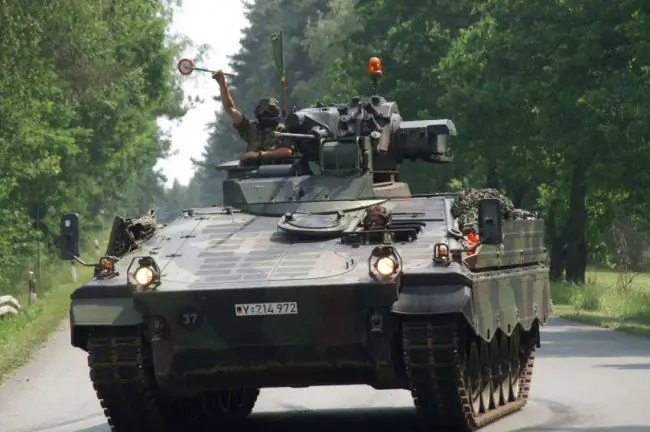
Germany became the first country in the West to create an infantry fighting vehicle.
(The GDR had BUM 1 after 1966.)
BMP "Marder" was developed in 1966-1969 by Rheinmetall AG by order of the Bundeswehr, was adopted by the Bundeswehr in 1971 (2436 units were delivered in total).
The machine body is welded from steel sheets. The frontal armor provides protection against 20-mm projectiles. In its front there are two compartments: control (left) and engine-transmission. The diesel engine and hydromechanical transmission are made in a single unit, which can be replaced in the field in 30 minutes.
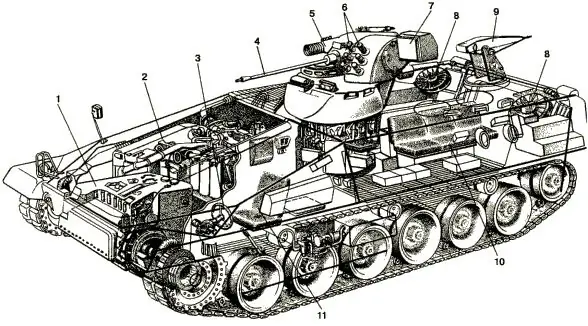
The two-seat armored turret has a carriage with a 20-mm automatic cannon and a 7.62-mm machine gun paired with it. The second machine gun of the same caliber is mounted on a rotary mount with remote control. The cannon can be fired by both the gunner and the commander. Both have periscopic sights, which are replaced by infrared night sights at night. Gun aiming drives are electrohydraulic. Smoke grenade launchers are mounted on the carriage and a visible light and infrared searchlight is fixed. On the sides of the troop compartment there are loopholes for firing small arms without leaving the vehicle. There are hatches on the roof of the troop compartment, and in the stern there is a hydraulically-driven ramp that can be folded down.
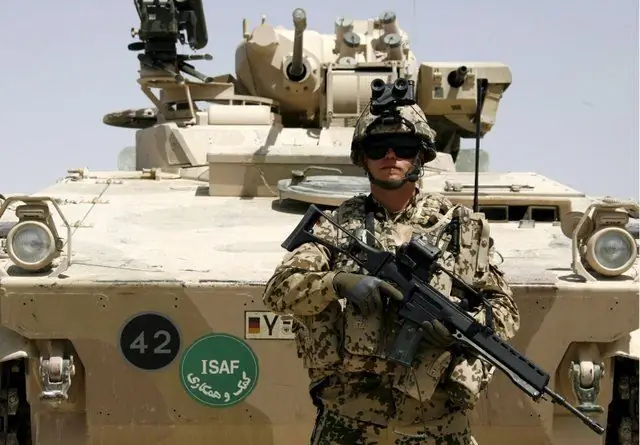
The undercarriage of the machine includes six track rollers and three support rollers per side. Front drive wheels. Torsion bar suspension with hydraulic shock absorbers on two front and two rear road wheels.
BMP "Marder" is equipped with a filter-ventilation unit, an automatic fire-fighting equipment (PPO) system, and radio communications. The car is not floating. After a short training, she can overcome fords up to 2 m deep. She can overcome deeper water obstacles only with the help of a special removable floating craft (inflatable floats). Movement on the water at a speed of up to 6 km / h is ensured by rewinding the tracks.
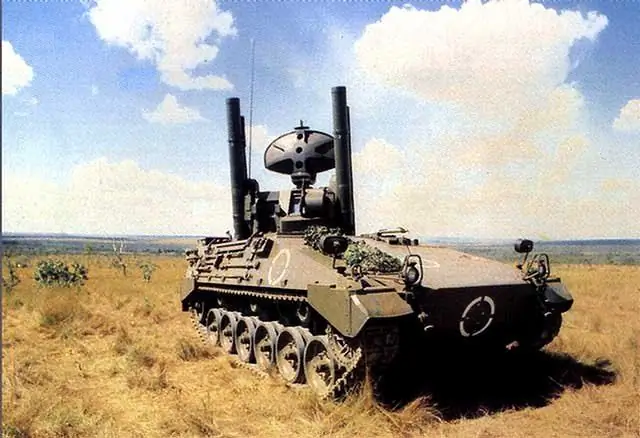
In the early 80s, the Marder BMP underwent partial modernization. Its firepower, including the ability to fight armored targets, was increased by mounting the Milan ATGM launcher on the carriage (to the right of the cannon). The gun is equipped with an improved two-belt ammunition supply system, which allows you to quickly switch from one type of projectile to another. On about 1000 machines, infrared sights were replaced with thermal imaging sights. In the future, it is possible to use a 25 mm automatic cannon.
The tracked chassis of the BMP is used in the Roland-2 self-propelled all-weather air defense system and in the self-propelled air target detection radar.
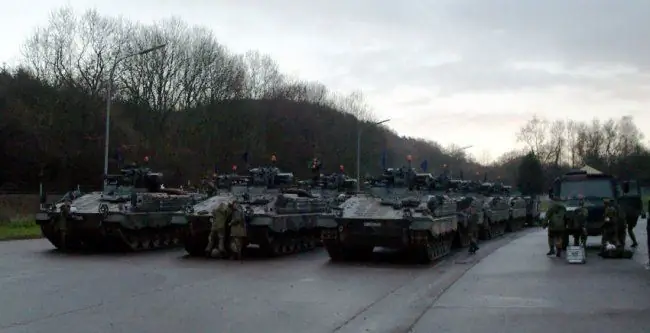
In 2010 and 2011, to replace the BMP "Marder", the Bundeswehr will gradually enter into service with new BMPs: "Puma" and "TH-495".
In 2009, the Bundeswehr used several Marder infantry fighting vehicles in combat in Afghanistan.






